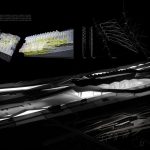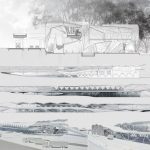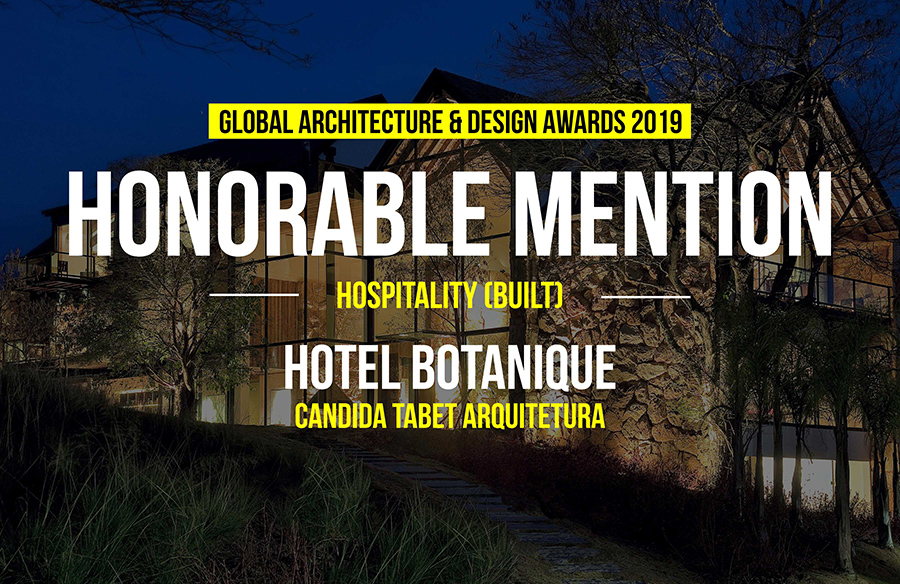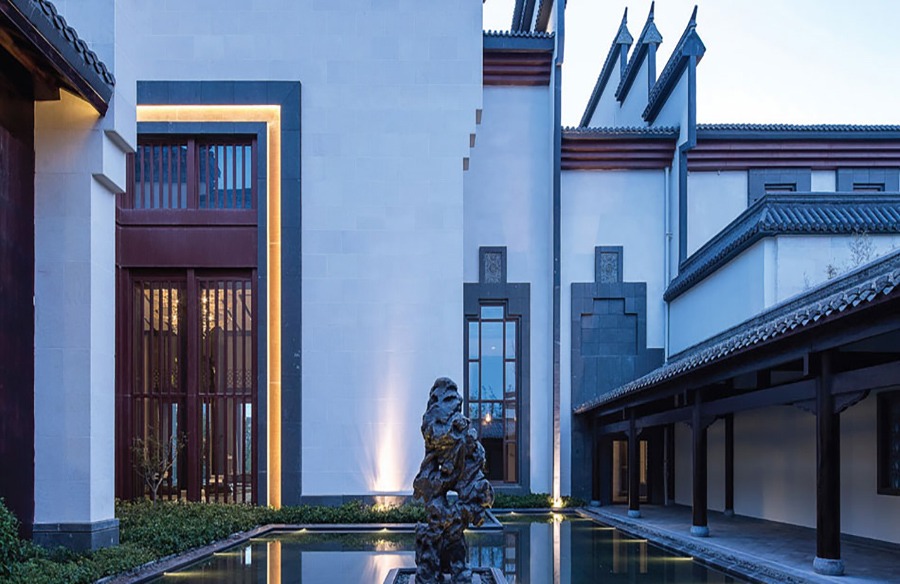But we, when moved by deep feeling, evaporate; we breathe ourselves out and away; from moment to moment our emotion grows fainter, like a perfume. Though someone may tell us: ‘ yes, you’re entered my bloodstream, the room, the whole springtime is filled with you…’ – what does it matter? He can’t contain us, we vanish inside him and around him. And those who are beautiful, oh who can retain them? Appearance ceaselessly rises in their face, and is gone. Like the dew from the morning grass, what is ours floats into the air, like steam from a dish of hot food. O smile, where are you going? O upturned glance: new warm receding wave on the sea of the heart… alas, but that is what we are. Does the infinite space we dissolve into, taste of us then? — Rainer Maria Rilke, The second elegy, Duino Elegies.
Honorable Mention | RTFA 2014 Awards
Category: Institutional Concept
Participant Name: Dan Zhang
Country: United States

©Dan ZhangAs Rainer Maria Rilke described in his Duino Elegies all the beautiful transitory moments, of which the powerless ephemeralness becomes the most powerful grasp, this project brings up the attitude of taking advantage of the beauty of transitory moments instead of putting new attraction to a dying area.
The project is designed to be a highway rest stop, with a set of paths assorts movements of vehicles and pedestrians on a dying lot stretches along Interstate 70, between Saint Louis and Kansas City. A system with components and layers integrated into the paths, which captures and holds the light and reflection from moving objects, is developed to create spaces with multiple moments from the past occurring together with the current ones. It records and delays the transitory moments from disappearing so as to extend the time that one could experience and appreciate.
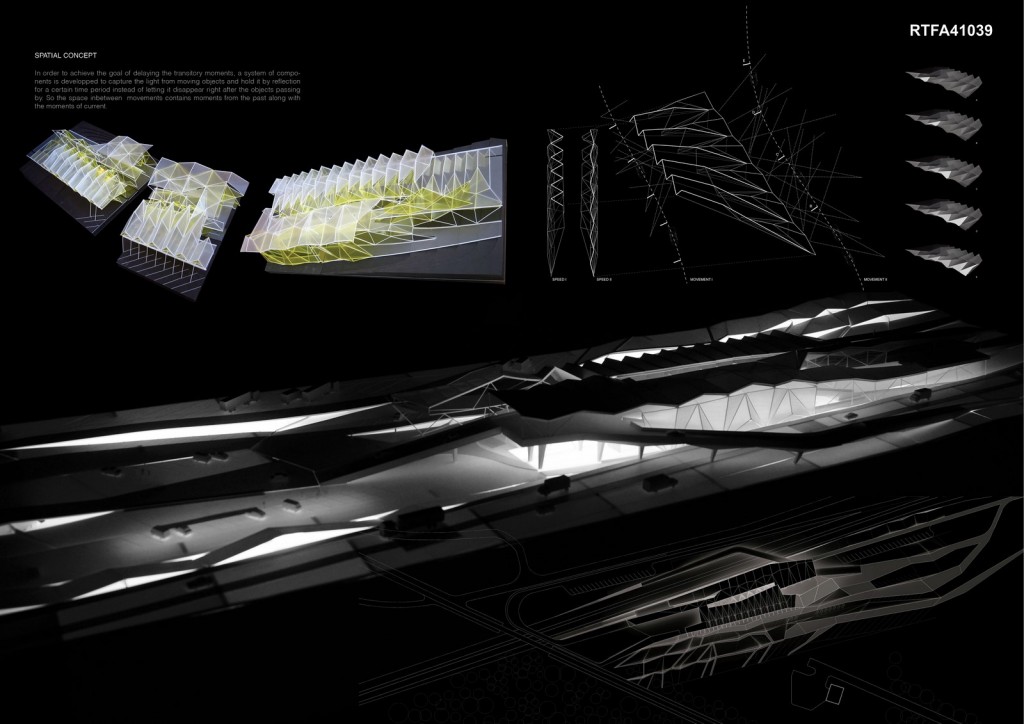
©Dan Zhang
The scale and intensity of those components are adjusted to each movement and attached program, and transform into horizontal landscape with parking area and lights imbedded in. Panels with different level of transparency and reflectivity form the components in spaces between movements of cars and people at various speeds, allowing light being hold and bonded into space.
“ELEGY” explores the capacity of modifying perception with the examination of spatial organization, material performance, as well as structural mechanism strategies. It aims to trace and to assemble the dynamism of space that beyond one’s prediction, stretching the linkage between retinal perception and mental retention with transformed notion as thinking through architectural solutions.
- ©Dan Zhang
- ©Dan Zhang


